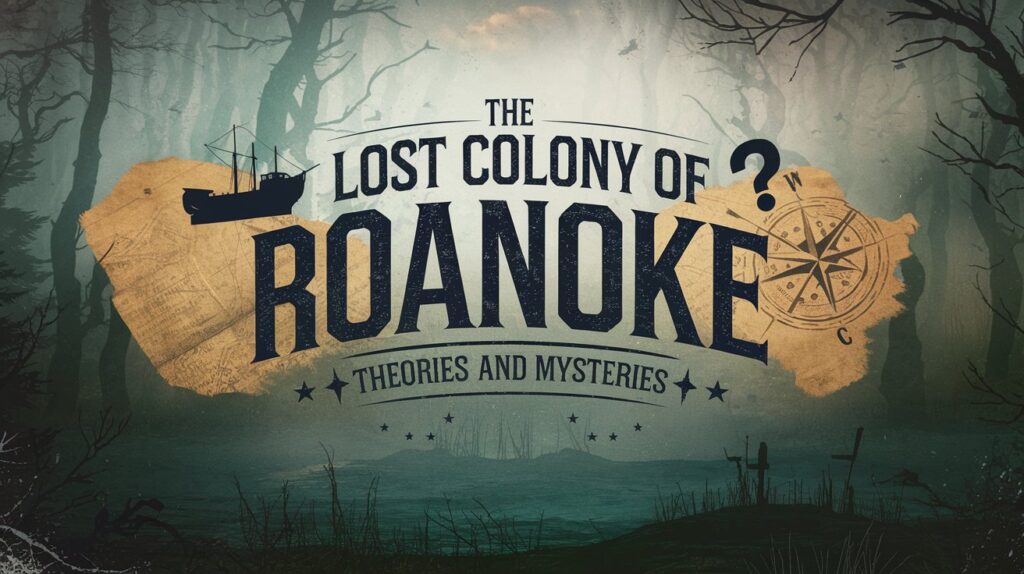The Lost Colony of Roanoke: Theories and Mysteries

Introduction
The Lost Colony of Roanoke has fascinated historians and amateur sleuths alike since its mysterious disappearance in the late 16th century. Established in 1587 on Roanoke Island, off the coast of North Carolina, the colony was an ambitious attempt by England to establish a permanent settlement in the New World. However, when a supply ship returned in 1590, it found the settlement abandoned, with no sign of the colonists. This article explores the theories surrounding their fate and the enduring mysteries that continue to captivate the imagination.
Historical Background
In 1584, Sir Walter Raleigh received a charter from Queen Elizabeth I to explore and settle lands in North America. The first attempt in 1585 led to the establishment of a short-lived colony. In 1587, a new group of colonists, led by John White, sought to establish a more permanent settlement. Shortly after their arrival, White returned to England for supplies, but due to the outbreak of the Anglo-Spanish War, he could not return until 1590.
The Disappearance
Upon his return, White found the settlement deserted, with only the word "CROATOAN" carved into a post. This single clue sparked numerous theories about what happened to the colonists. Theories range from relocation to disaster, each contributing to the enduring intrigue of the Lost Colony.
Theories of Survival
1. Integration with Native Tribes
One of the most widely discussed theories suggests that the colonists integrated with local Native American tribes, particularly the Croatan tribe. This theory is supported by reports of encounters between European settlers and Native Americans in subsequent years, where some individuals resembling the colonists were observed.
2. Relocation to a Different Site
Another theory posits that the colonists relocated to a more hospitable area. Some researchers speculate that they moved inland, possibly to the Chowan River area, based on the assumption that they sought better resources. Evidence of European artifacts found in these regions lends some credence to this theory.
3. Disease and Starvation
The harsh conditions faced by the colonists could have led to widespread disease and starvation. If the colonists were unable to secure sufficient food or fell victim to illness, it is conceivable that they perished in the wilderness, leaving little trace of their existence.
Theories of Disaster
1. Spanish Attack
During this period, tensions between England and Spain were high. Some historians theorize that the colony may have fallen victim to a Spanish attack, as Spain was known to be hostile towards English settlements. However, there is little concrete evidence to support this notion.
2. Natural Disasters
The area where the colony was established is prone to hurricanes and severe weather. A catastrophic storm could have devastated the settlement, leading to the loss of life and resources. Such disasters could explain the sudden abandonment without a trace.
The Enduring Mystique
Despite extensive research, the fate of the Lost Colony remains one of America's greatest historical mysteries. The word "CROATOAN" continues to intrigue scholars, symbolizing the unanswered questions surrounding the colonists' fate. Archaeological efforts and ongoing studies may eventually shed light on this enigmatic chapter in American history.
Conclusion
The Lost Colony of Roanoke is a compelling tale of ambition, survival, and mystery. As theories continue to evolve and new evidence emerges, the story remains a captivating reminder of the challenges faced by early settlers in America. The unanswered questions linger, ensuring that the legend of Roanoke will endure for generations to come.



Post Comment